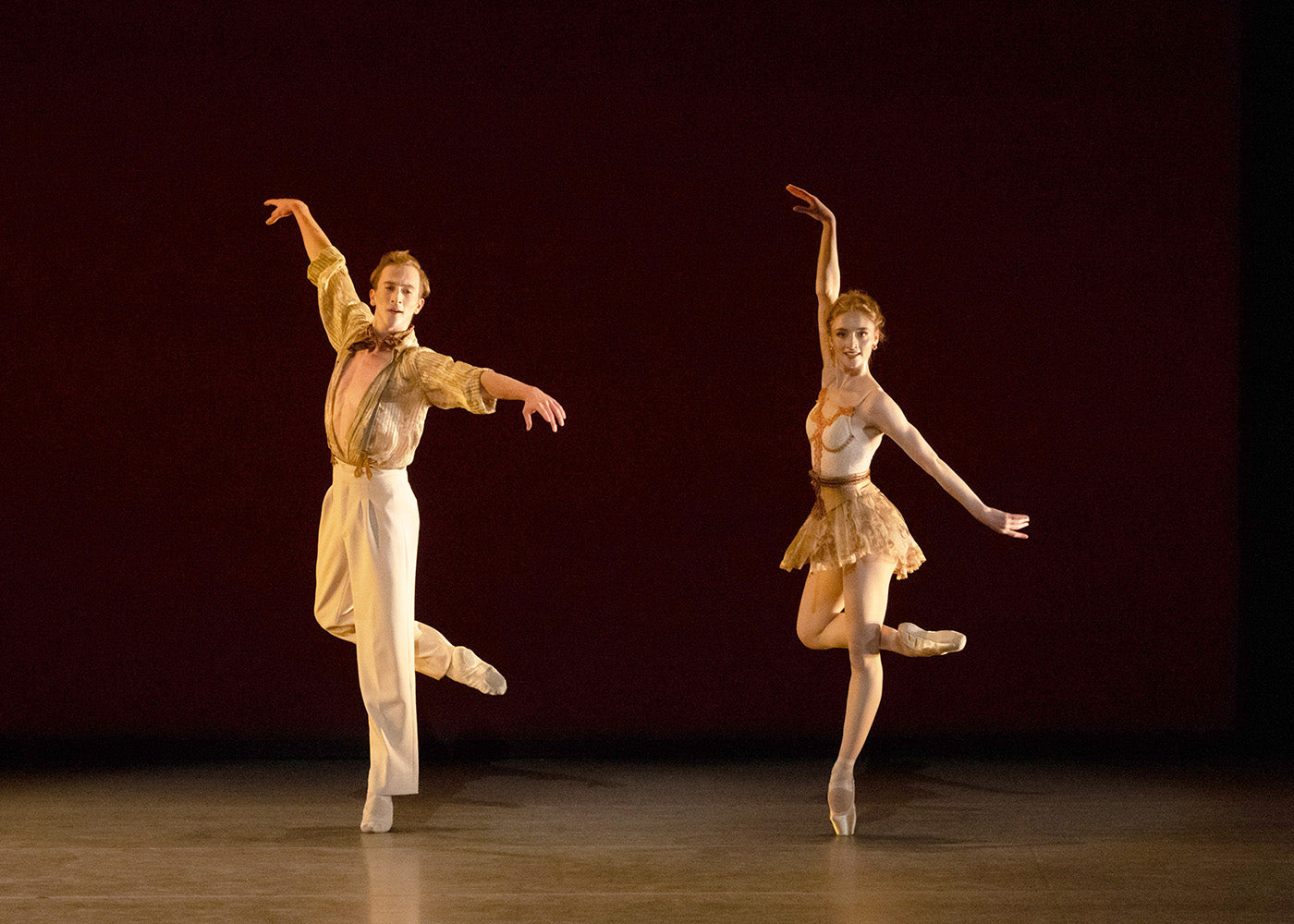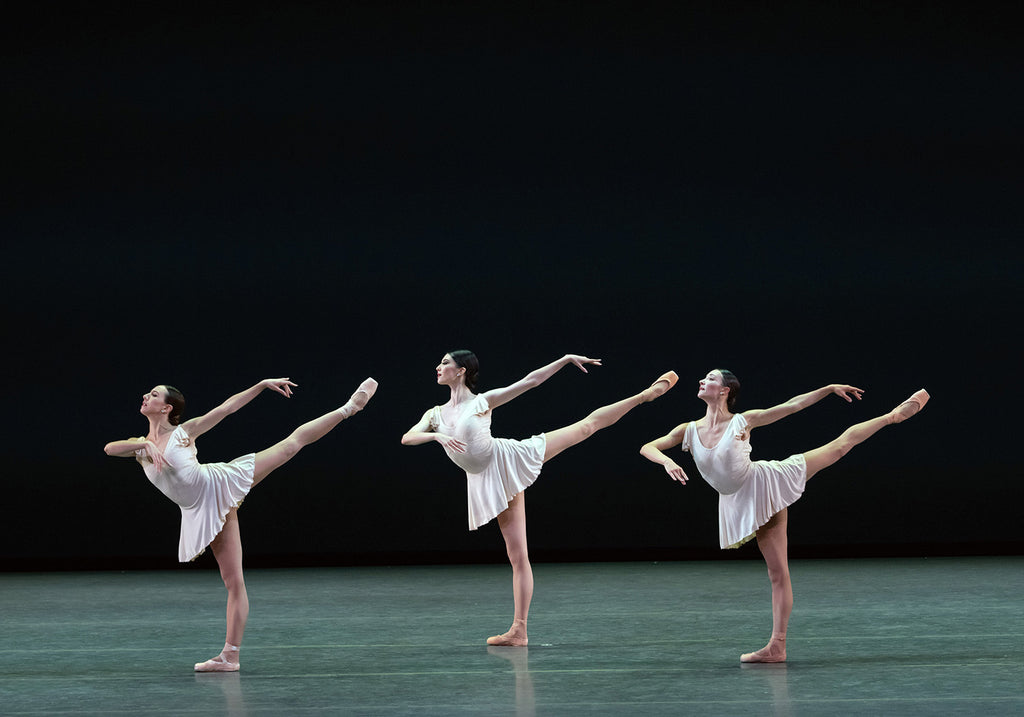Critic's Picks 2025
Throughout the year, our critics attend hundreds of dance performances, whether onsite, outdoors, or on the proscenium stage, around the world.
Continua a leggere
World-class review of ballet and dance.
This fall, the American Ballet Theatre is celebrating its 85th anniversary by highlighting the choreographers key to the company’s history. Agnes de Mille, Antony Tudor, Frederick Ashton, Michel Fokine, Marius Petipa, George Balanchine and Alexei Ratmansky are all featured, but only Twyla Tharp got her own night. The triple bill “Twyla@60: A Tharp Celebration” led off the season, and there is even a bonus Tharp pas de deux on another program. I had no idea that Tharp was ABT’s most prolific choreographer to date, probably because only a few of her dances—“In the Upper Room,” “Deuce Coupe,” and “Sinatra Suite”—cycle through the active rep (and of those, only “Sinatra Suite” was made expressly for ABT, yet it too is an adaptation). But at sixteen ballets, she tops the leaderboard, and this Tharpian celebration-within-the-celebration made a strong case for more regular dives into ABT’s Tharp vault.
Performance
Place
Words



“Uncommonly intelligent, substantial coverage.”
Your weekly source for world-class dance reviews, interviews, articles, and more.
Already a paid subscriber? Login

Throughout the year, our critics attend hundreds of dance performances, whether onsite, outdoors, or on the proscenium stage, around the world.
Continua a leggereOn December 11th, the Alvin Ailey American Dance Theater presented two premieres and two dances that had premiered just a week prior.
Continua a leggereThe “Contrastes” evening is one of the Paris Opéra Ballet’s increasingly frequent ventures into non-classical choreographic territory.
Continua a leggereI’m in the audience of the Pit to watch Kaori Ito’s solo performance, “Robot, l'amour éternel.” It’s in the blackbox performing space at the New National Theatre Tokyo, intimate and close. The stage is an open, raised platform, gauzy white fabric covering the floor.
Continua a leggere
comments